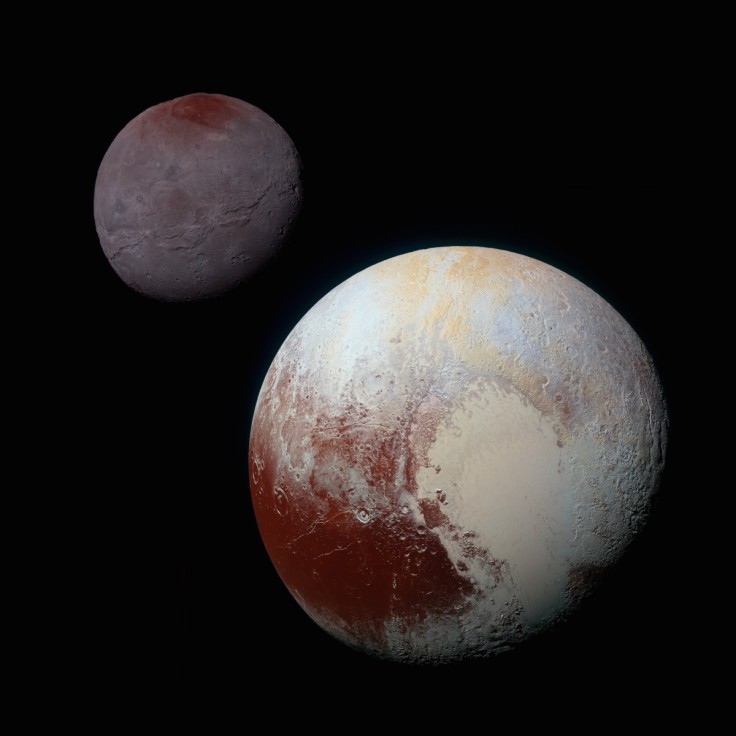Humanity has been curious about the stars and what they are ever since humans start looking up at the skies. Back then, they were thought to be how the gods venerate people of note, forming the first constellations. Others think of them as a handy way to navigate the open sea.
It was only until Galileo invented the first telescope that astronomy took its first step to become what it is today. Instead of just using the stars to chart sea routes, they are now subjects of fascination and awe, and with humanity's curiosity, we eventually learned more about them.
However, it was not just stars that populate the skies. It also has our celestial neighbors, the other planets, and dwarf planets in our solar system. One of them is Pluto and its largest moon, Charon.

Pluto And Charon - A Brief History
Pluto was discovered on February 18, 1930, by Clyde Tombaugh who used an astronomic technique that was new at the time and photographic plates combined with a blink microscope, according to NASA and History.
The planet was named after the Roman name of Hades, the Greek god of the dead and the underworld to honor Pervical Lowell, whose initials are the first two letters of Pluto and Venetia Burney's request to name the planet Pluto, per Space.com.
The planet was around six times smaller than the Earth, with the planet having an equatorial circumference of about 4.49 miles and a surface area of 6.43 square miles.
It is also about 4.67 billion miles from Earth, which is a distance so far, that it took NASA's spacecraft, New Horizons, to reach the dwarf planet nine years to arrive there (New Horizons was launched in 2006 and arrived at Pluto in 2015).
Meanwhile, Charon, the planet's largest moon, was only discovered on June 22, 1978, by James Christy and Robert Harrington at the US Naval Observatory in Flagstaff, Arizona, according to a separate NASA post, meaning that today marks the 44th anniversary of Charon's discovery.
Charon's discovery was accidental according to the two astronomers, who said that they were trying to refine Pluto's orbit around the sun when they discovered Pluto's largest moon.
The moon was named after Charon, the ferryman of the dead, who transports the souls of the departed from the world of the living to that of the dead. Charon also got its name through Christy choosing it because its first four letters matched his wife's name, Charlene.
The moon is half the size of the planet it orbits around, big enough that astronomers consider the two celestial bodies as a double dwarf planet system.
Latest Discoveries Regarding Charon
Astronomers and experts are still fascinated about Pluto and Charon, with them eventually discovering that Charon has a red polar cap thanks to New Horizon's pictures of the moon.
This red polar cap is suspected to be material synthesized from frozen methane by backscattered solar UV light, according to Sci-News. However, this suspicion was thrown out the window due to Charon's polar caps freezing too fast and thick for the synthesis of materials more complex than ethane can begin.
Ethane is a less volatile gas than methane.
Fortunately, a recent study by Dr. Randy Gladstone's team found that ionizing radiation from the solar wind decompresses the polar frost in Charon's northern polar cap to synthesize "incredibly complex, redder materials" that create its red polar cap.
Dr. Gladstone found that the material responsible for the red northern polar cap of Charon is Ethane, which that can stay frozen to Charon's surface long after sunrise.
"Exposure to the solar wind may convert ethane into persistent reddish surface deposits contributing to Charon's red cap," Dr. Gladstone said.
Dr. Gladstone is a researcher working with the Southwest Research Institute and the Department of Physics and Astronomy at the University of Texas at San Antonio. His study about Charon's red polar cap can be seen in the journal "Geophysical Research Letters" and "Science Advances."









